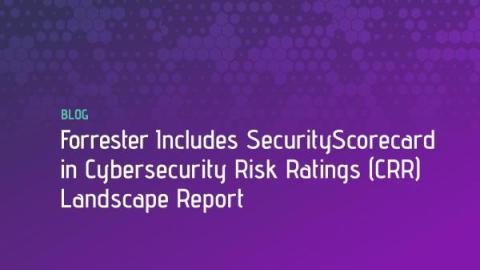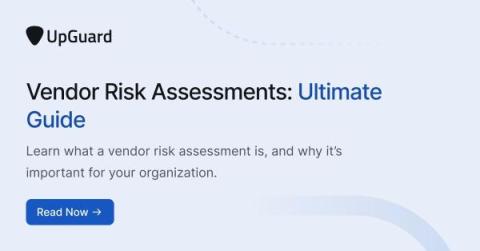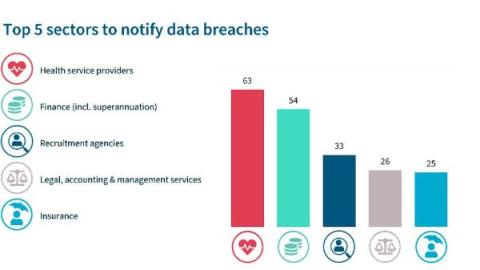Data Subject Access Request (DSAR): The Meaning, Procedures, and Challenges
Privacy is the individual’s right to control the use of their personal data, and DSAR is the mechanism by which individuals can enforce this right. This right to their own information, as used by an organization, is guaranteed by privacy laws like Europe’s General Data Protection Regulation (GDPR) and the California Consumer Protection Act (CCPA). If your organization collects and uses personal data, especially for European or Californian customers, you should be prepared to respond to DSARs.











